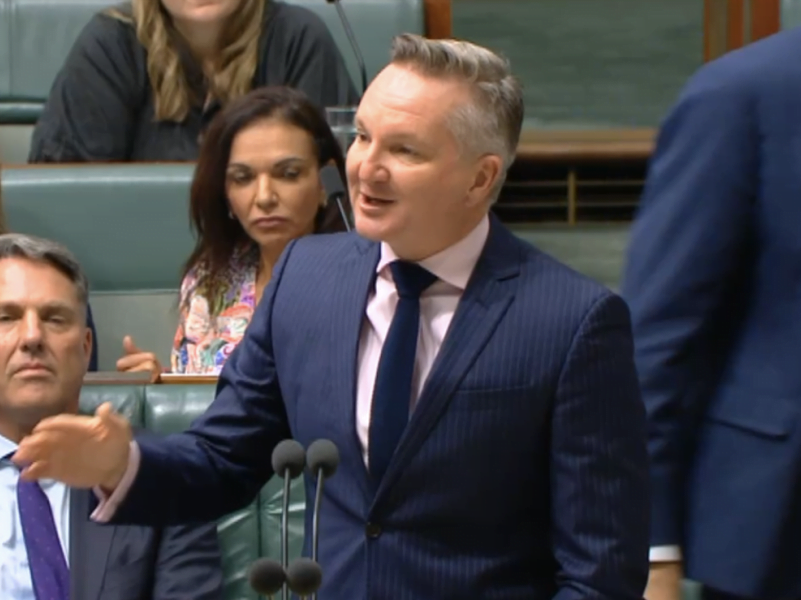Work to determine the feasibility of import tariffs on emissions-intensive manufactured goods, particularly steel and cement, has begun at the Department of Climate Change, Energy, and Environment.
Climate Change and Energy minister Chris Bowen announced in a speech to Australian Business Economists on Tuesday morning that work on a feasibility assessment for an Australian carbon border adjustment mechanism (CBAM) would be included in a review of carbon leakage mitigation policy options.
A CBAM proposes to mitigate carbon leakage — when emissions intensive industries relocate production from a country with stringent emissions reduction policies to a country with less stringent policies — by ensuring imports are subject to a carbon price of equivalent to the domestic price.
The review will also undertake an assessment of carbon leakage risks and develop other policy options to address it. Two rounds of public consultation will be undertaken with a final review report to be complete in the second half of 2024.
In his speech, Mr Bowen said that carbon leakage “undermines national and international climate action” and that the loss of industry capacity is economically damaging to Australia.

“Loss of domestic sovereign capacity creates broader economic risks for the Australian economy and clean energy transition,” he said.
“Making Australia a renewable energy superpower and leader in areas such as critical minerals will require essential industrial inputs — like steel, cement and aluminium. Domestic capacity reduces Australia’s vulnerability to international supply chain shocks.”
While Mr Bowen said the feasibility study would be undertaken with support from academic expertise, he offered no further details on the terms of reference or whether additional consultants would be brought in.
“Key issues for consideration would be the measurement of emissions embedded in traded goods, carbon costs in countries of origin, how to adapt to policy changes over time and nature of obligations on importers and exporters,” he said.
“Australia also needs to carefully consider its trading relationships, consistency with international trade rules and interoperability with other schemes such as the European Union.”
A CBAM, similar to the policy to be fully implemented in the EU from October 2026, received support from many stakeholders in an earlier consultation “as their preferred approach for managing trade competitiveness impacts”.
Industries subject to the EU’s CBAM during the transitional phase to 2026 include cement, iron and steel, aluminium, fertilisers, electricity, and hydrogen.
A review of carbon leakage policies was first flagged in the consultation paper for the design of the emissions capping Safeguard Mechanism Reforms in January.
Mr Bowen also said six decarbonisation plans for hard to abate sectors like cement and steel, which will be delivered in parallel to the carbon leakage policy review.
Emissions intensive exports in Australia are already subject to more lenient emissions baselines under the Safeguard Mechanism Reforms, and can access grants under the $600 million Safeguard Transformation Stream of the Powering the Regions Fund.
In the Productivity Commission’s Trade and Assistance Review 2021-22, it challenged whether there was a high risk of carbon leakage given that most countries have adopted a net zero emissions target.
The commission also argued that the policy case for additional protections for emissions intensive trade exposed industries through an Australian CBAM is “not compelling and would risk simply acting as a form of trade protectionism for Australian industry”.
As a part of the refresh to the National Hydrogen Strategy, the federal government is considering a bigger role for using renewable hydrogen to decarbonise the steel sector.
Do you know more? Contact James Riley via Email.

